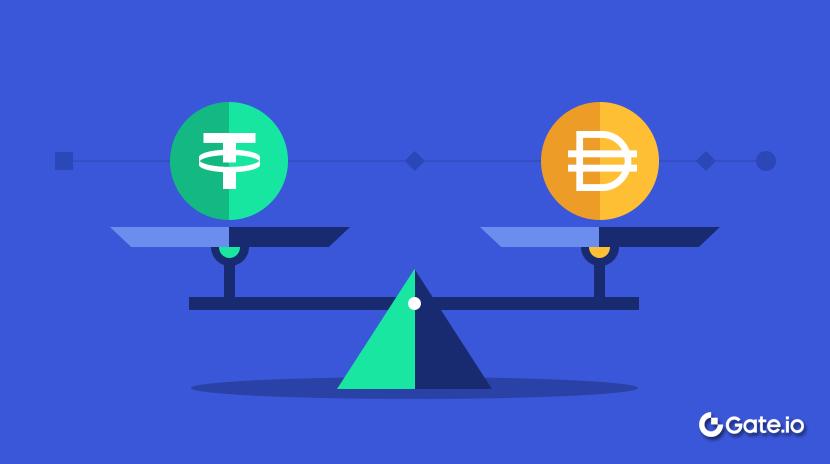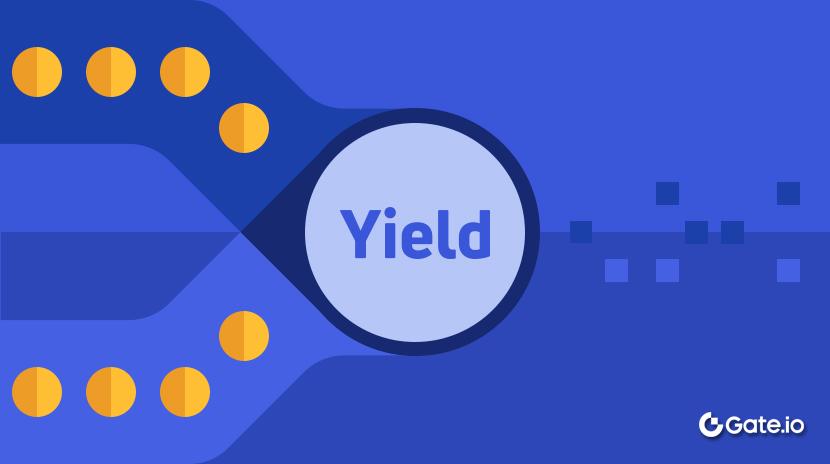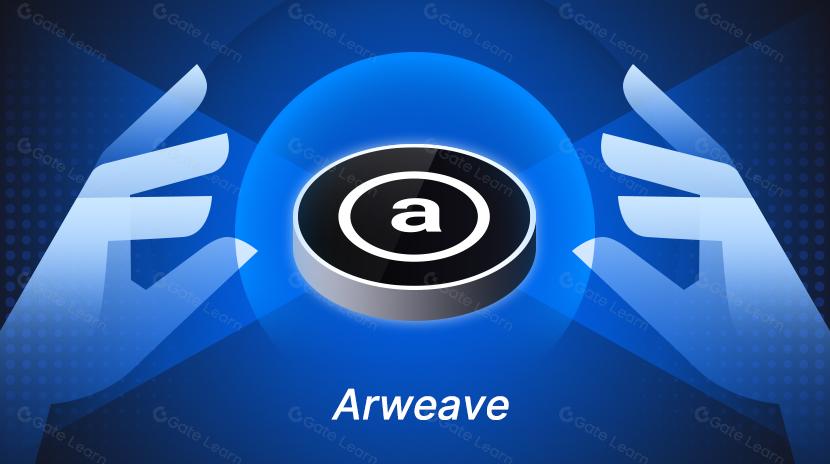CAKE Tokenomics 3.0: A Comprehensive Overhaul of Mechanisms and Governance Models
Forward the Original Title ‘CAKE Tokenomics 3.0: Centralized Governance Overthrows DAO?’
With a decree from CZ, the seemingly “autonomous” DAO was swiftly brought under centralized control. Under the strong interference of capital, the community appears helpless.

On April 8, PancakeSwap announced its CAKE Tokenomics 3.0 proposal on X (formerly Twitter), intending to overhaul the issuance, inflation mechanisms, and governance model of the CAKE token.
Since its release, the proposal has sparked widespread attention and intense discussion within the market and the community. The development of the event is full of complexity and drama, covering the proposal’s background, specific contents, its impact on stakeholders, key points of contention, and diverse perspectives within the community.
Background and Context
On March 19, an industry insider commented on X that the current veCAKE staking mechanism of PancakeSwap was too complex, increasing the barriers to user participation and causing an imbalance between long-term governance rights and short-term incentives. Binance co-founder Zhao Changpeng (CZ) agreed with the view that PancakeSwap should adopt a buyback-and-burn model instead of the ve-token model. He also stated, “Many ‘models’ today are too convoluted; burning is the most straightforward,” and tagged PancakeSwap’s official account.

Less than 20 days later, with a “decree” from CZ, PancakeSwap proposed a new tokenomics proposal to replace the previously implemented ve-model that had been in place for years.
Specifics of the Proposal
The CAKE Tokenomics 3.0 proposal mainly includes the following core aspects:

Inflation Reduction Target: The proposal suggests an annual deflationary target of around 4%, expecting CAKE’s total supply to decrease by 20% by 2030. To achieve this, PancakeSwap plans to reduce the daily emission from about 40,000 CAKE to 22,500 CAKE. This adjustment aims to enhance the scarcity and long-term value of CAKE by reducing the supply of new tokens.
Abolishing Current Staking and Governance Mechanisms: The proposal explicitly suggests removing the existing CAKE staking, veCAKE, weight voting (Gauges Voting), and yield-sharing mechanisms. The intent behind this move is to “simplify” governance processes, ensuring that CAKE truly belongs to its holders. This would avoid user marginalization caused by multiple locking mechanisms and complex distribution processes. Supporters believe this can reduce governance costs and increase the transparency and operational efficiency of the entire system.
Introduction of Buyback and Burn Mechanism: To compensate for the potential disruption in incentives from these adjustments, the proposal also plans to introduce a new buyback and burn mechanism. By regularly using a portion of transaction fees and other revenues to buy back CAKE and burn it, this would further achieve deflationary effects and provide long-term support for the token’s price.
Impact on Key Stakeholders
For some core participants and long-term supporters within the PancakeSwap ecosystem, this proposal is nothing short of devastating. Especially for Cakepie, a major beneficiary of the veCAKE mechanism, which has locked over 10 million CAKE tokens in recent years. Cakepie has relied on this model for stable governance rights and dividend yields. If the proposal passes, Cakepie DAO may face the following impacts:
The cancellation of veCAKE and associated revenue-sharing mechanisms would dismantle Cakepie DAO’s long-standing governance structure. Its core asset, CKP, is heavily dependent on this mechanism for both dividends and governance power, and would lose much of its value. (The relationship between CKP and CAKE is similar to that between PNP and PENDLE — recommended reading: Revisiting Penpie’s Mechanism: The Impact of the Hack Shouldn’t Be Overblown)

After PancakeSwap put forward the proposal, the value of the CKP token dropped sharply.
On-Chain Operations and Key Controversies
The controversy surrounding this proposal goes beyond just changes to the economic model. Irregularities in on-chain operations and the governance process have also come under scrutiny. On-chain data monitoring shows that just before and after the proposal discussion began, multiple large addresses — allegedly linked to Binance or PancakeSwap — suddenly locked a massive amount of CAKE (25 million tokens, nearly 50% of all locked CAKE).
These addresses were set to unlock immediately after the proposal concluded, allowing them to quickly reclaim governance power and reconfigure incentive structures at minimal cost.

This “vote-and-exit” style of operation has triggered widespread suspicion in the community. Critics argue that this behavior undermines the fairness of the governance process, enabling a few whales and centralized addresses to manipulate the outcome of proposals through short-term actions — at the expense of smaller holders. Others point out that such conduct is emblematic of a growing trend of “on-chain coups” in the crypto space, highlighting the vulnerabilities and risks in implementing decentralized governance in practice.
Community Divisions and Authoritative Opinions
As this proposal continues to spark heated debate, opinions from different factions have emerged.
Cakepie DAO launched strong protests on social media, accusing the reform of “betraying the original vision of long-term incentives and collaborative ecosystem building.” The DAO suggested alternative solutions, such as partial adjustments instead of a complete overhaul of the veCAKE mechanism. According to Cakepie, governance rights and dividend systems born from long-term locking have been key to PancakeSwap’s sustained development. Removing them would not only cause financial losses but also inflict critical damage to the trust underpinning the entire ecosystem.

At the same time, some industry experts have voiced differing opinions on the proposal. For instance, the founder of Curve noted that while decentralized governance requires ongoing optimization, it’s crucial to respect the interests and incentive structures of early contributors. Simply scrapping a mature mechanism poses significant risks and could potentially collapse the long-term value framework within the ecosystem. He went as far as labeling the PancakeSwap proposal a “governance attack” and advised against making veGovernance contracts upgradeable.

Developments and Ongoing Updates
On April 16, a PancakeSwap team member revealed that they are in active discussions with Cakepie DAO and are willing to offer $1.5 million in compensation to CKP holders. The post received a supportive response from CZ (Zhao Changpeng), who reacted with applause. However, even after its sharp price drop, CKP’s fully diluted valuation (FDV) still exceeds $10 million, and its circulating market cap remains over $4 million—far greater than the $1.5 million compensation being proposed.

Currently, the proposal vote is officially live, with over 70% support already in favor. Even if Cakepie DAO and retail investors oppose the plan, they seem unable to counter the influence of the newly locked “whale” addresses, which now control around 50% of voting power. Ironically, CZ once said two years ago, “letting the crowd vote and letting capital vote are not the same.” Yet this time, he appears to have sided with capital—becoming the one who, with a single statement and deep pockets, decides the fate of a community-driven project.

Conclusion
In summary, the CAKE Tokenomics 3.0 proposal from PancakeSwap remains highly controversial, but it also underscores the deeper tensions and the urgent need for transformation in DeFi governance. Striking a balance between simplification, reduced complexity, and the preservation of long-term incentives has become a pressing challenge for the entire blockchain industry.
Disclaimer:
This article is a translated repost from [ForesightNews]. Forward the Original Title ‘CAKE Tokenomics 3.0: Centralized Governance Overthrows DAO?’. The copyright belongs to the original author [Alex Liu, Foresight News]. If there are any issues regarding the repost, please contact the Gate Learn team for resolution according to their procedures.
Disclaimer: The views and opinions expressed in this article are solely those of the author and do not constitute any investment advice.
Other language versions of this article are translated by the Gate Learn team. Any reproduction, dissemination, or plagiarism of the translated article is prohibited unless Gate.com is explicitly credited.
Related Articles

In-depth Explanation of Yala: Building a Modular DeFi Yield Aggregator with $YU Stablecoin as a Medium

Sui: How are users leveraging its speed, security, & scalability?

Dive into Hyperliquid

What is Stablecoin?

What Is a Yield Aggregator?


